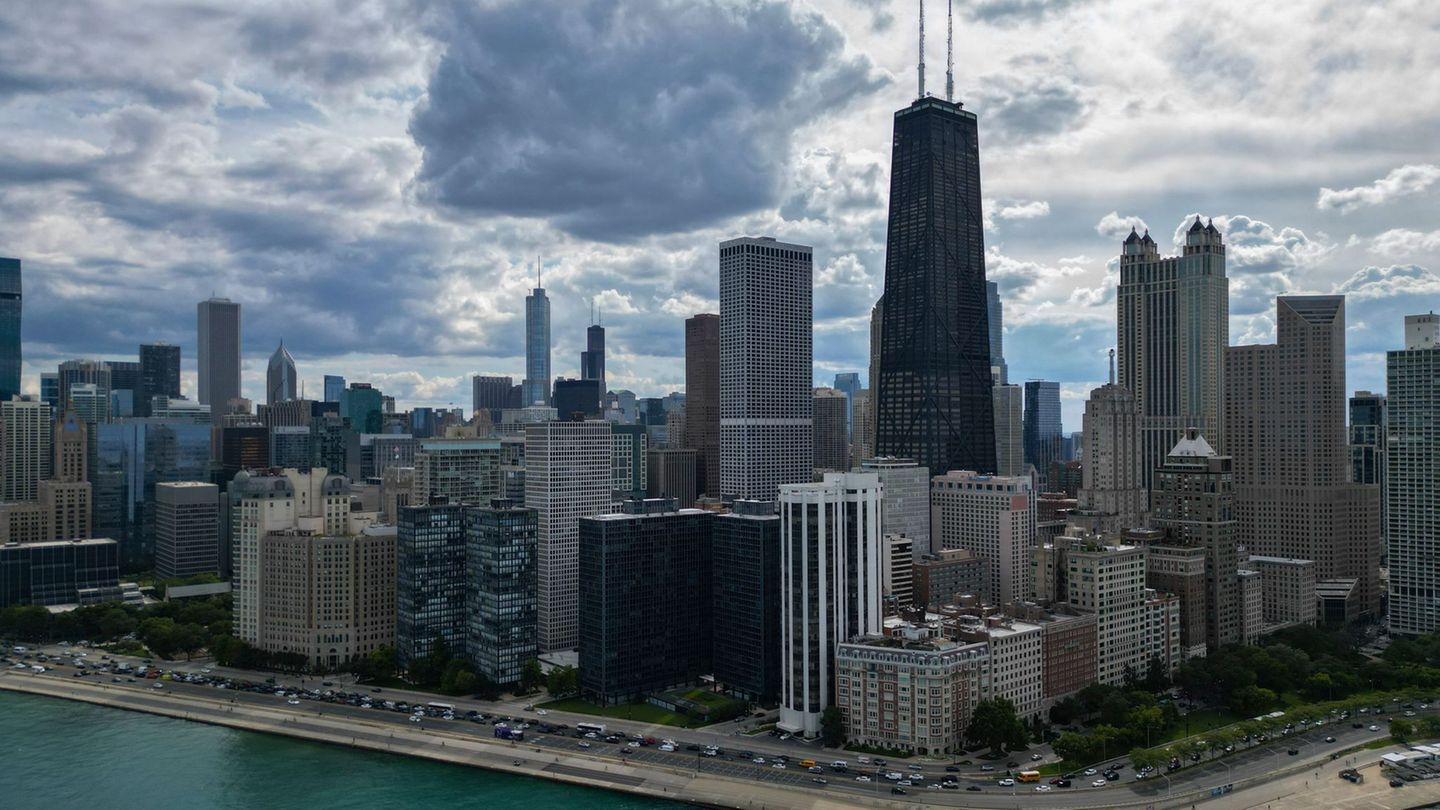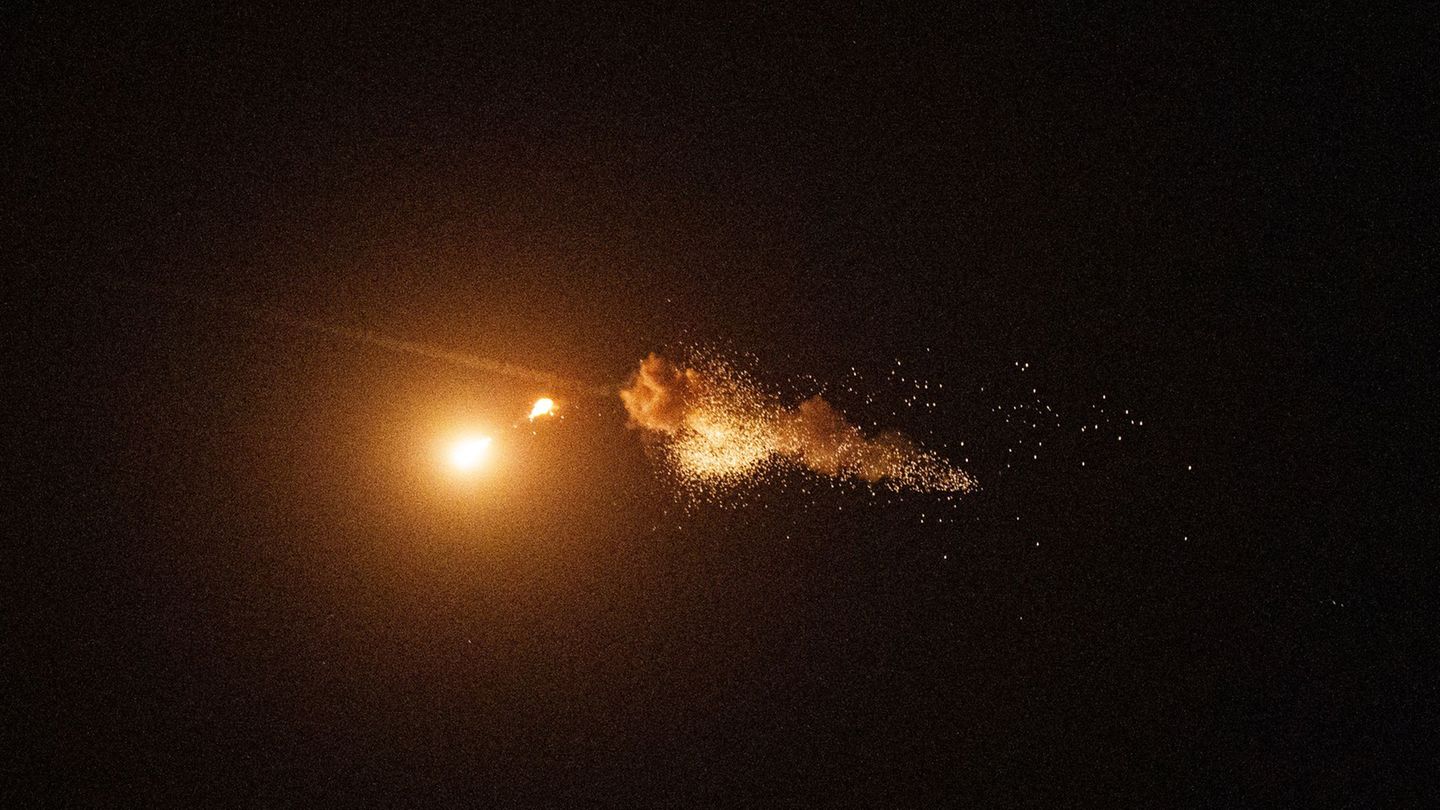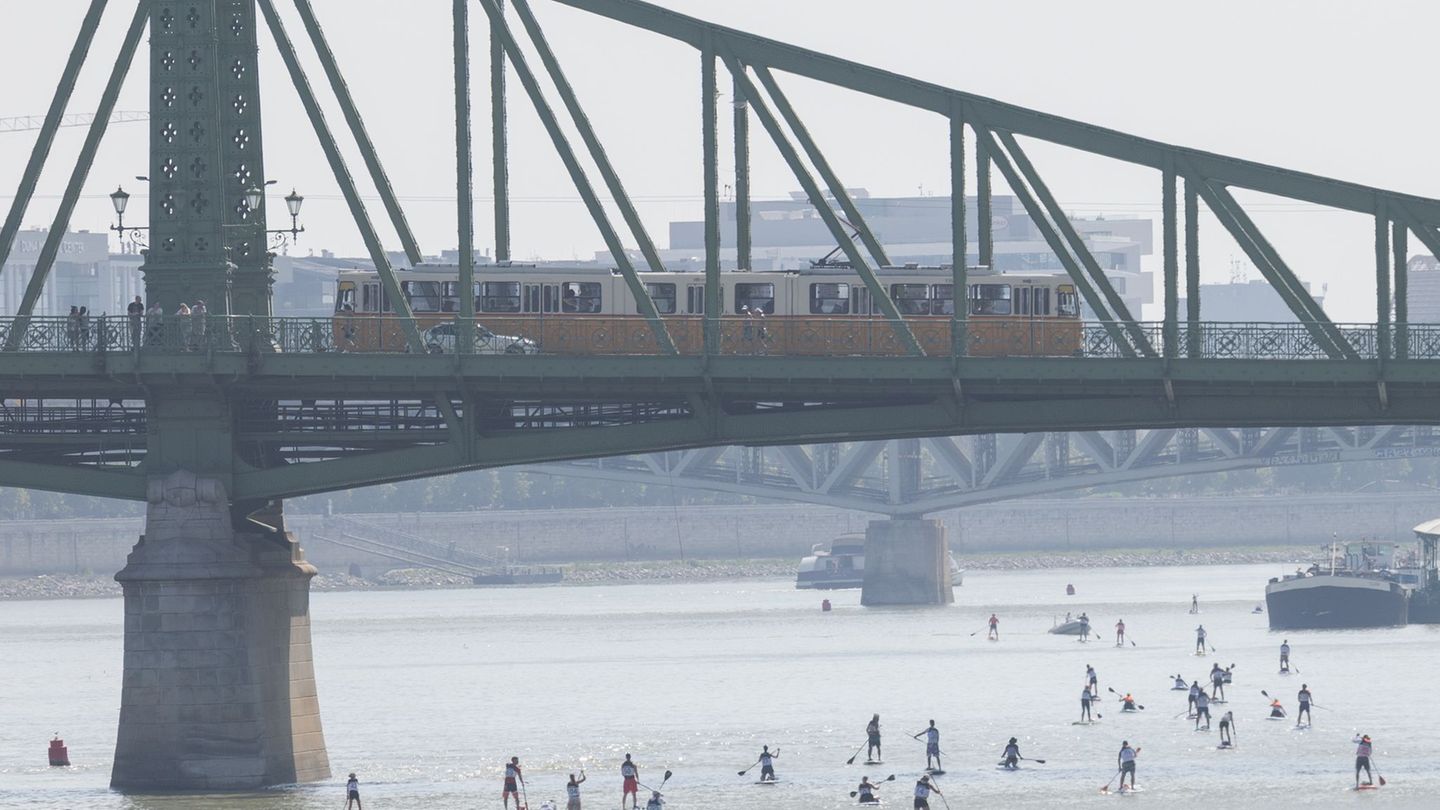I am an author and journalist who has worked in the entertainment industry for over a decade. I currently work as a news editor at a major news website, and my focus is on covering the latest trends in entertainment. I also write occasional pieces for other outlets, and have authored two books about the entertainment industry.
Menu
Swimming in big cities: Paris jumps into the Seine: river bathing in Europe’s metropolises
Categories
Most Read
After marriage: Collien Fernandes wants to register with dating apps
October 4, 2025
No Comments
Vasectomy: Why many men still dread it
October 4, 2025
No Comments
Prince William: The royal liked this slippery comedy
October 4, 2025
No Comments
P. Diddy’s victim: Cassie breaks her silence after punishment.
October 4, 2025
No Comments
Boreal Auroras Season: The most luxurious destinations to enjoy this phenomenon
October 4, 2025
No Comments
Latest Posts

Crime: Dispute over National Guard in Chicago before escalation
October 5, 2025
No Comments
IvanI have been working in the news industry for over 6 years, first as a reporter and now as an editor. I have covered politics

Ukraine War: Russia attacks Ukraine again with drones and rockets
October 5, 2025
No Comments
IvanI have been working in the news industry for over 6 years, first as a reporter and now as an editor. I have covered politics

New rules from October 9: More protection for bank customers in the case of seconds
October 5, 2025
No Comments
AngelicaI am an author and journalist who has written for 24 Hours World. I specialize in covering the economy and write about topics such as
24 Hours Worlds is a comprehensive source of instant world current affairs, offering up-to-the-minute coverage of breaking news and events from around the globe. With a team of experienced journalists and experts on hand 24/7.

